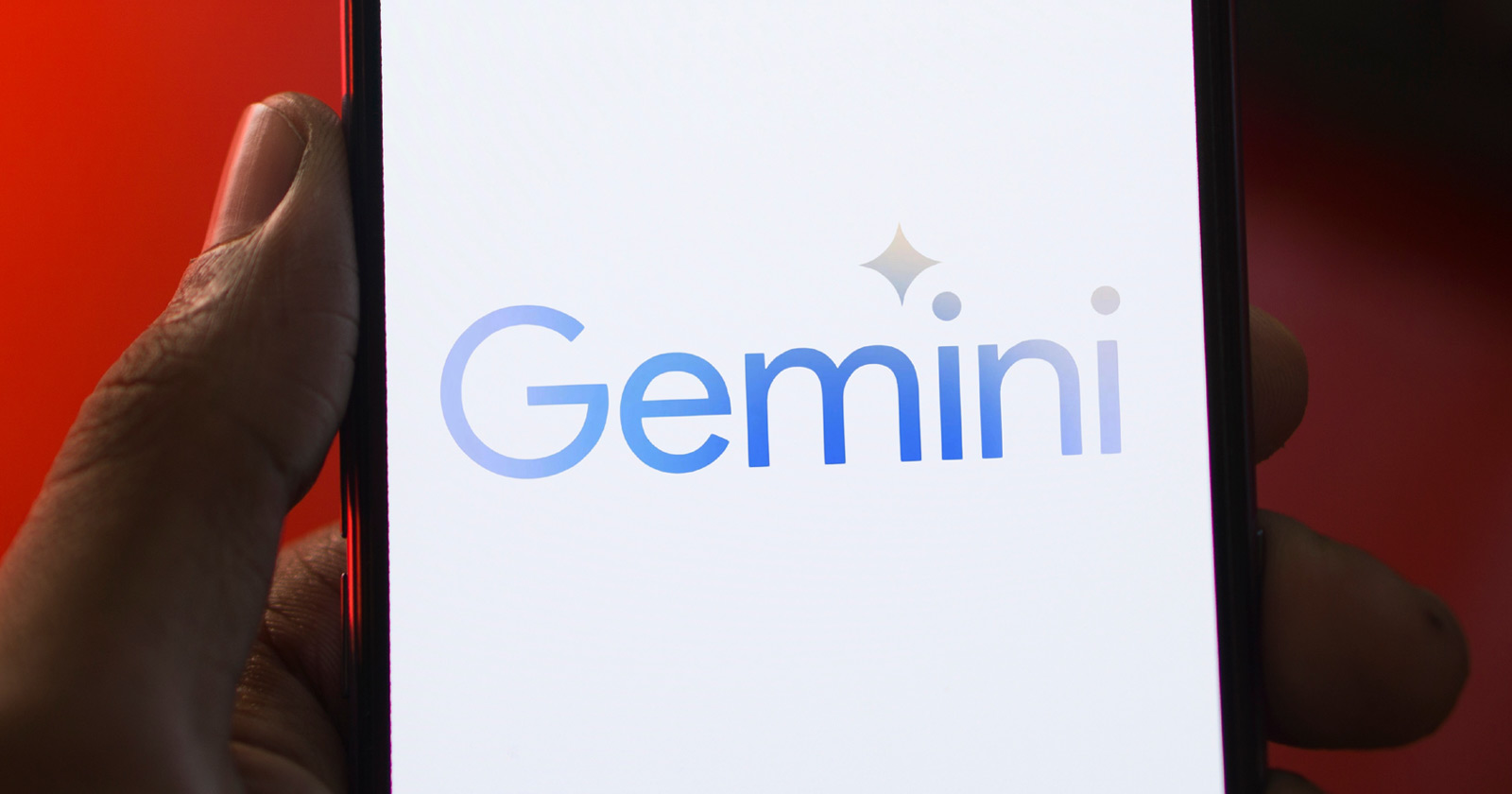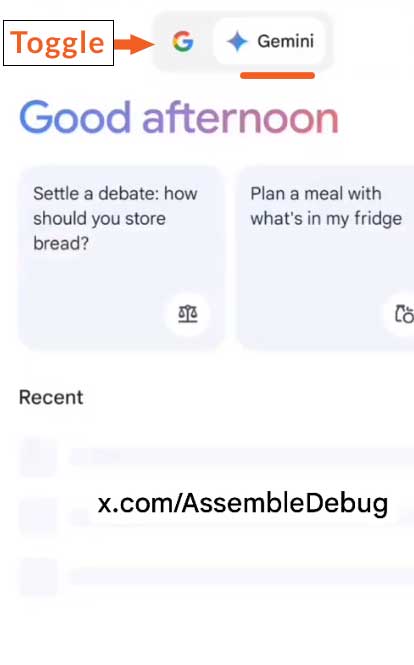SEO
Google Gemini Availability In Android Search

A student and researcher who leaks hidden Android features discovered a setting deep within the Android root files that enables Google Gemini directly from Google search in a way that resembles Apple iOS, raising questions about why that’s in there and if it could be connected to a general rollout of AI in search rumored to be happening in May 2024.
Gemini: What SEO Could Be Up Against
There are only rumors that some form of AI search will be rolled out. But if Google rolls out Gemini access as a standard feature then the following gives an idea of what the search community would have to look forward to.
Gemini is Google’s most powerful AI model that contains advanced training, technology and features that in many ways go far beyond existing models.
For example, Gemini is the first AI model to be natively trained to be multimodal. Multimodal means that ability to work with images, text, video and audio and pull knowledge from each of the different forms of media. All previous AI models were trained to be multimodal with separate components and then the separate parts were joined together. According to Google the old way of training for multimodality didn’t work well for complex reasoning tasks. Gemini however is pre-trained with multimodality which enables it to have complex reasoning abilities that exceed those of all previous models.
Another example of the advanced capabilities of Gemini is the unprecedented scale of the context window. A context window is the amount of data a language model can consider simultaneously in order to make a decision. The context window is one measure of how powerful the language model is. Context windows is measured in “tokens” which represent the smallest unit of information.
Comparison Of Context Windows
- ChatGPT has a maximum context window of 32k
- GPT-4 Turbo has a context window of 128k
- Gemini 1.5 pro has a context window of one million tokens.
To put that context window into perspective, Gemini’s context window allows it to process the entire text of the three Lord of the Rings books or ten hours of videos and ask it any question about it. In comparison, OpenAI’s best context window of 128k is able to consider the 198 page Robinson Crusoe book or approximately 1600 tweets.
Internal Google research has shown that their advanced technologies enables context windows as high as 10 million tokens.
Leaked Functionality Resembles iOS Implementation
What was discovered is that Android contains a way to access the Gemini AI directly from the search bar in the Google App in the same way as it’s available in Apple mobile devices.
The official directions for the Apple device mirror the functionality that the researcher discovered hidden in Android.
This is how the iOS Gemini access is described:
“On iPhones, you can chat with Gemini in the Google app. With a tap of the Gemini tab , unlock a whole new way to learn, create images and get help while you’re on the go. Interact with it through text, voice, images, and your camera to get help in new ways.”
The researcher who leaked the Gemini functionality in Google search discovered it hidden within Android. Enabling this function caused a toggle to appear in the Google search bar that makes it easy for users to swipe to directly access Gemini AI functionality exactly the same way as in iOS.
Enabling this functionlity requires rooting an Android phone, which means accessing the operating system at the most fundamental level of files.
According to the person who leaked the information, one of the requirements for the toggle is that Gemini should already be enabled as the mobile assistant. An app called GMS Flags must also be installed in order to obtain the ability to toggle Google app features on and off.
The requirements are:
“Required things –
Rooted devices running Android 12+
Google App latest beta version from Play Store or Apkmirror
GMS Flags app installed with root permission granted. (GitHub)
Gemini should be available for you already in your Google app.”
Screenshot Of New Search Toggle
Screenshot Of Gemini Activated In Google Search

The person who uncovered this functionality tweeted:
“Google app for Android to soon get toggle to switch between Gemini and Search [just like on iOS]”
Google app for Android to soon get toggle to switch between Gemini and Search [just like on iOS]
📝 Read – https://t.co/eMgD2NxZKX#Google #Android pic.twitter.com/i19Msjb8wm
— AssembleDebug (@AssembleDebug) April 7, 2024
Google Set To Announce Official Rollout Of SGE?
There have been rumors that Google is set to announce the official rollout of Google Search Generative Experience at the May 2024 I/O conference where Google regularly announces new features coming to search (among other announcements).
Eli Schwartz recently posted on LinkedIn about the rumored SGE rollout:
“That date did not come from Google PR; however, as of last week, that is the current planned launch date internally. Of course, the timeline could still change, given that it’s still 53 days away. Throughout the last year, multiple launch dates have been missed.
…Also, it’s important to elaborate on what exactly “launch” means.
Right now, the only way to see SGE, unless you’re in the beta experiment, is if you’re opted into the labs.
Launching means that they’ll show SGE to people who have not opted in, but the scale of that could vary widely.”
It’s unknown if this hidden toggle is a place marker for a future version of the Google search app or if it’s something that enables the rollout of SGE at a future data.
However this hidden toggle does offer a possible clue for those who are curious about how Google may roll out an AI-based front end to search and if this toggle is a connector in some way to that function.
Read how to root to enable Gemini in Android search:
Featured Image by Shutterstock/Mojahid Mottakin

















